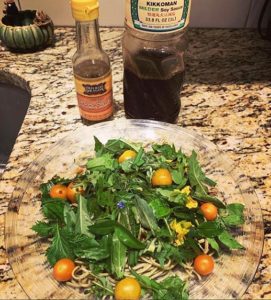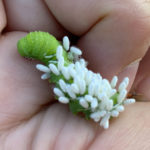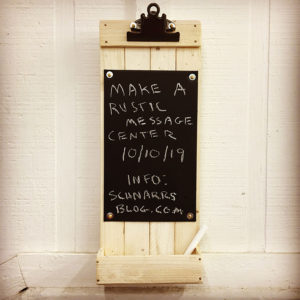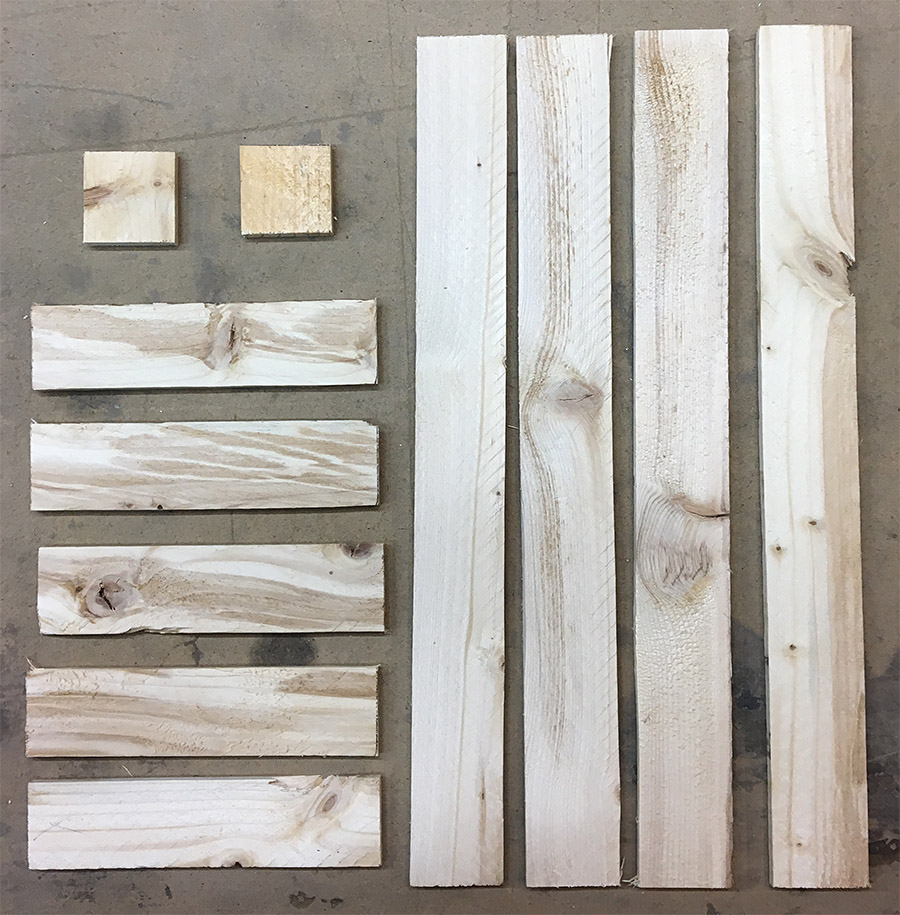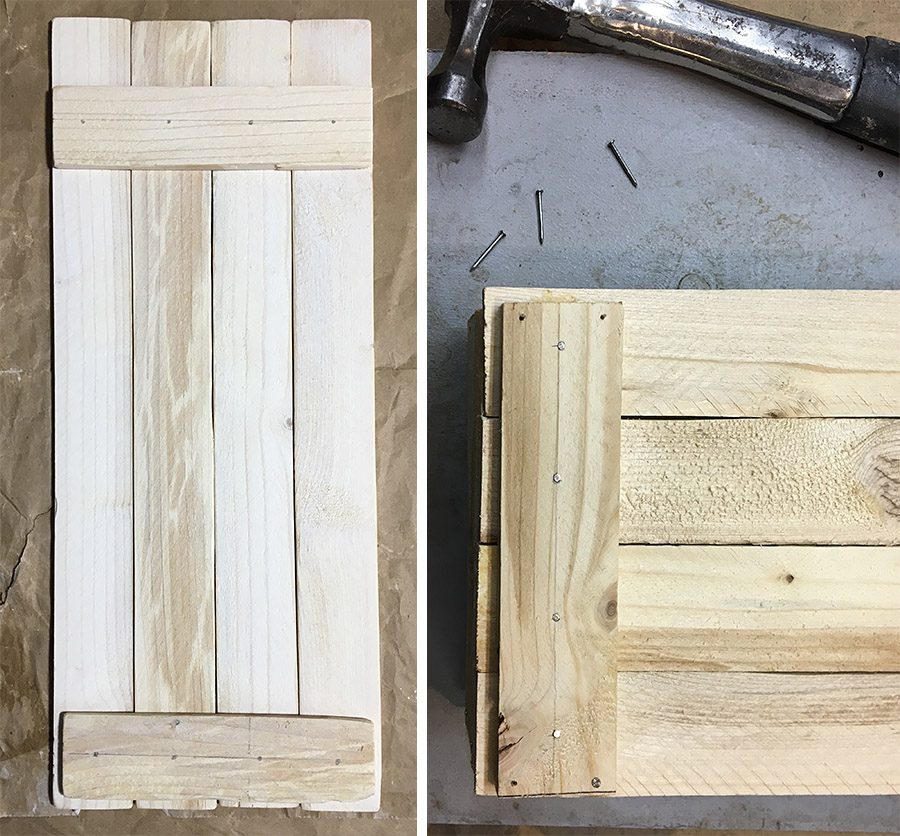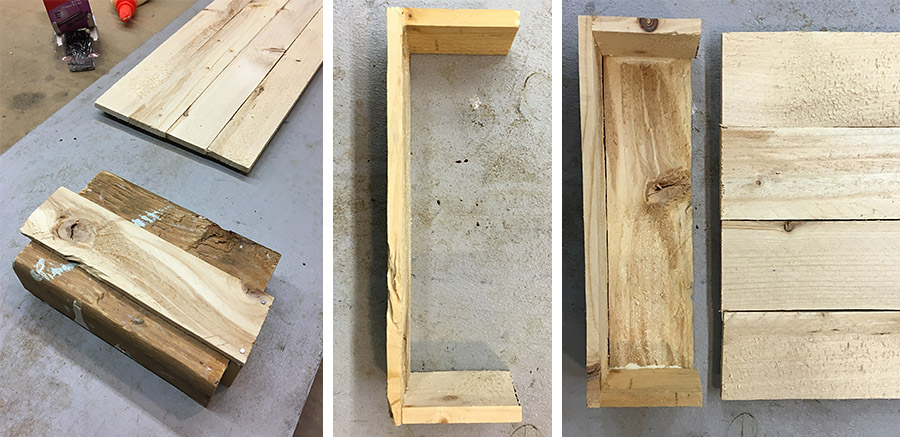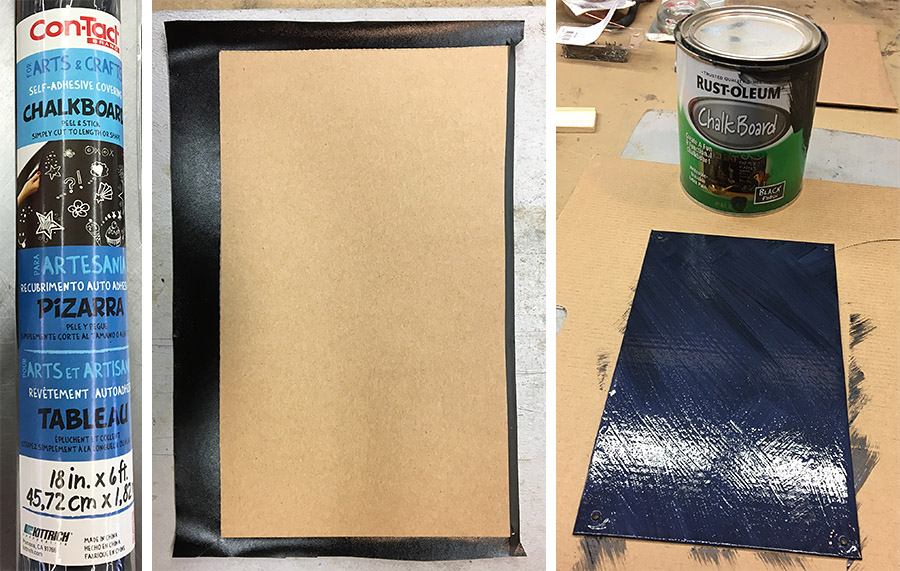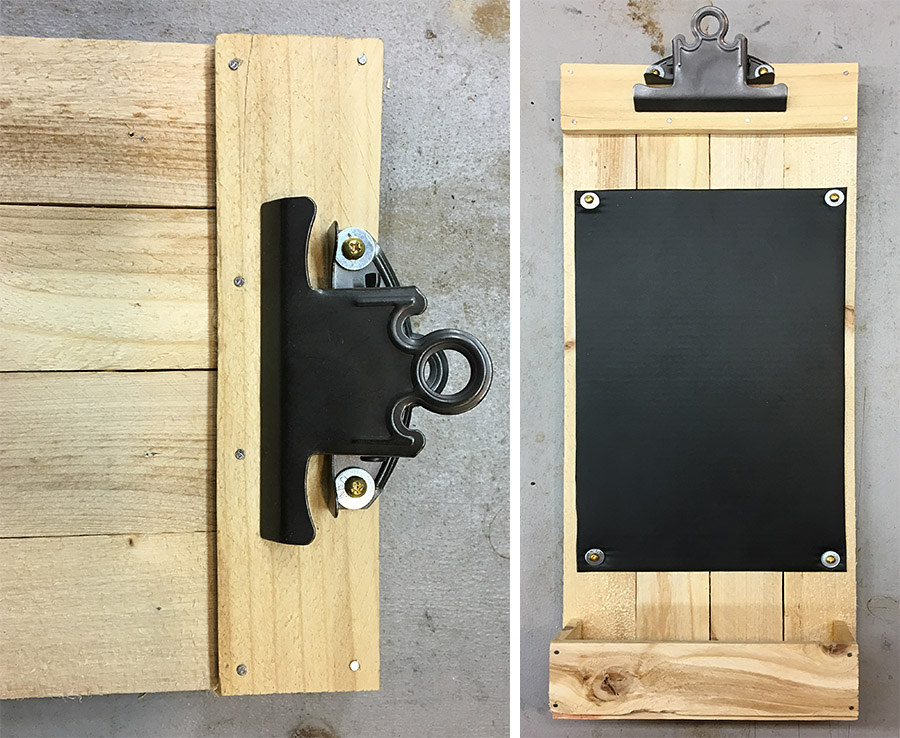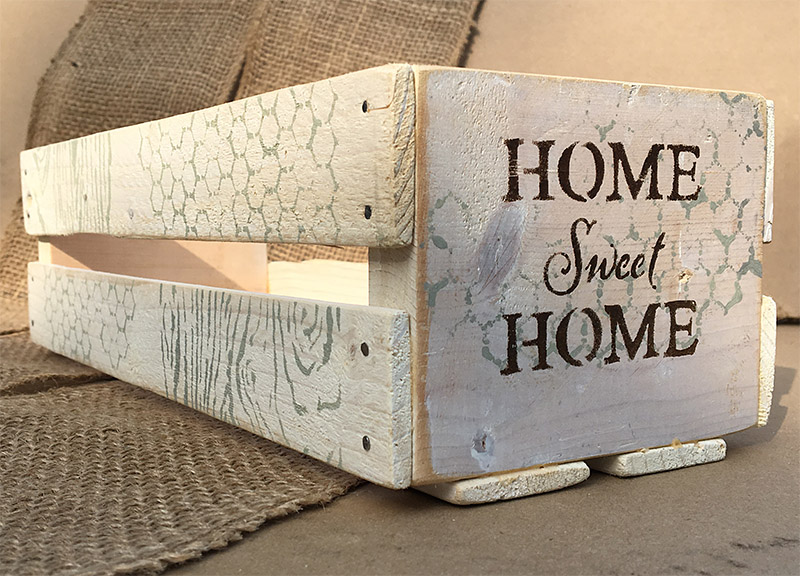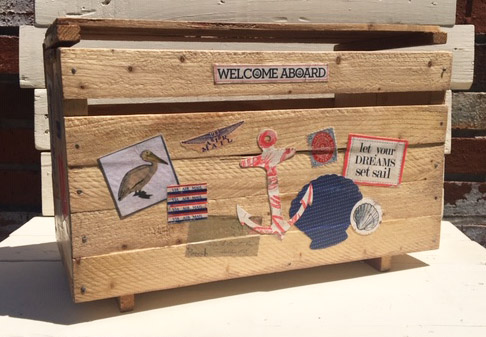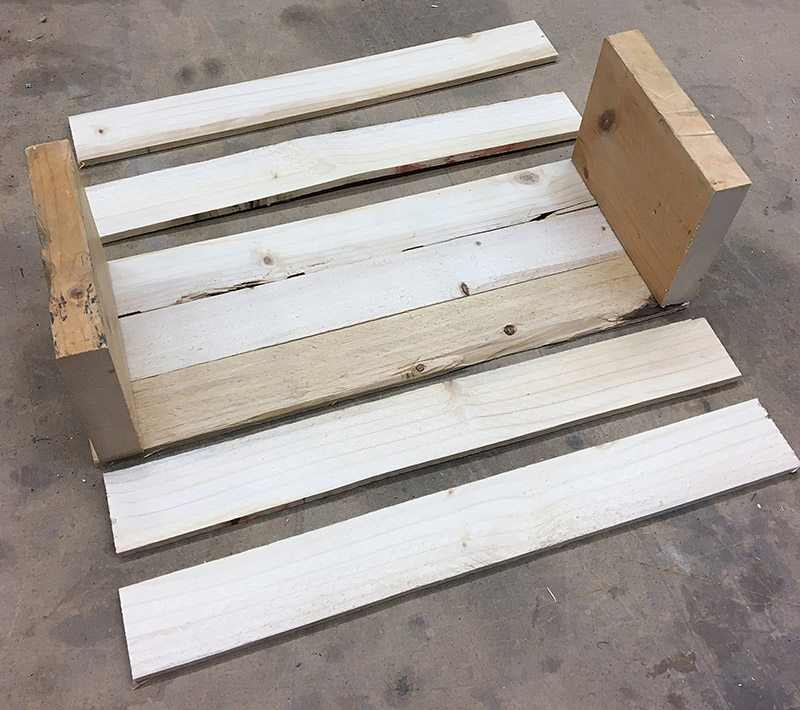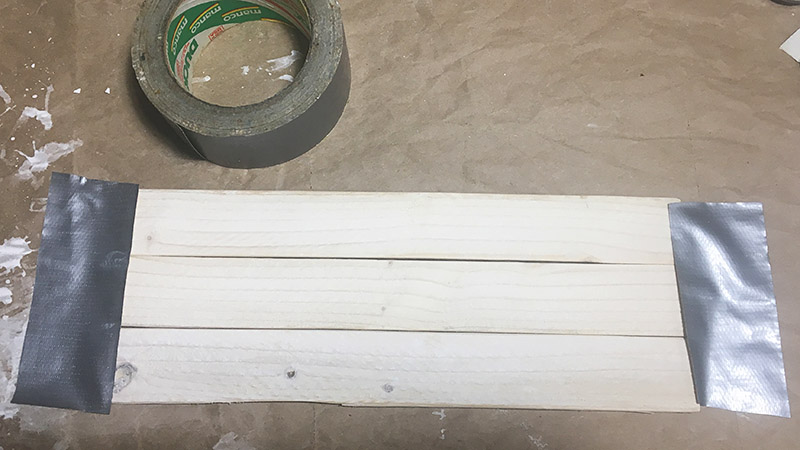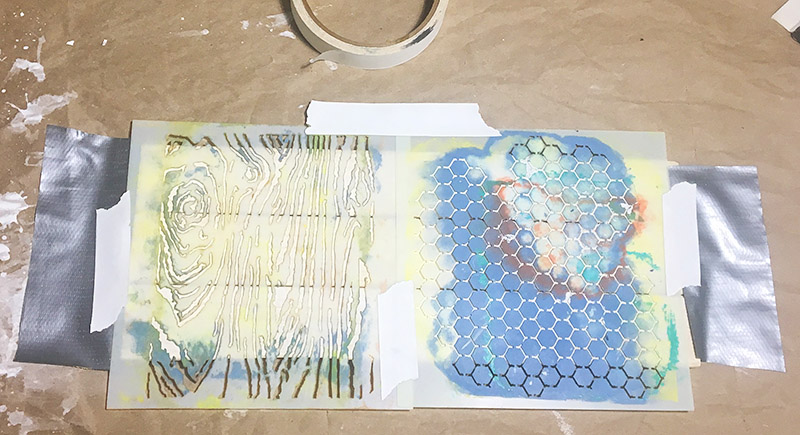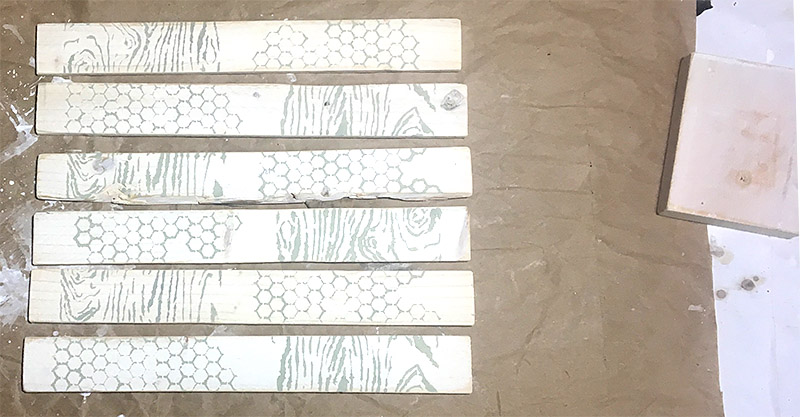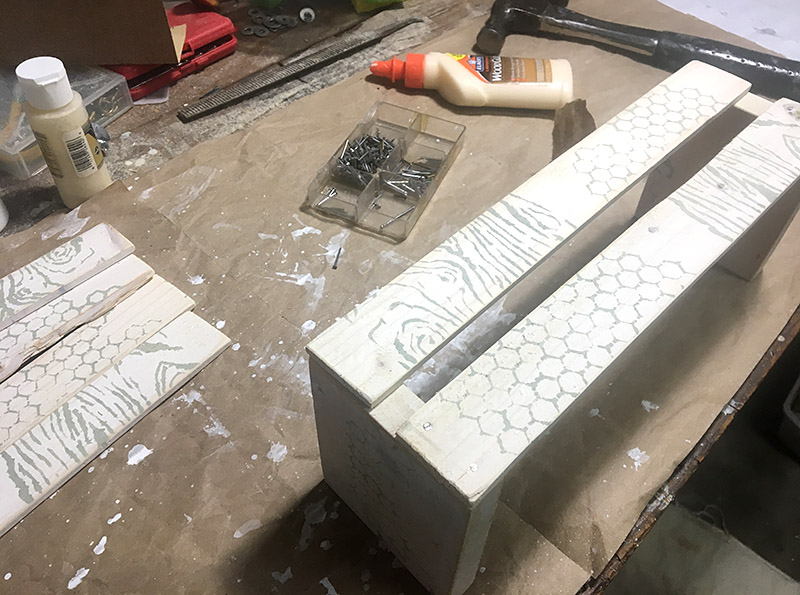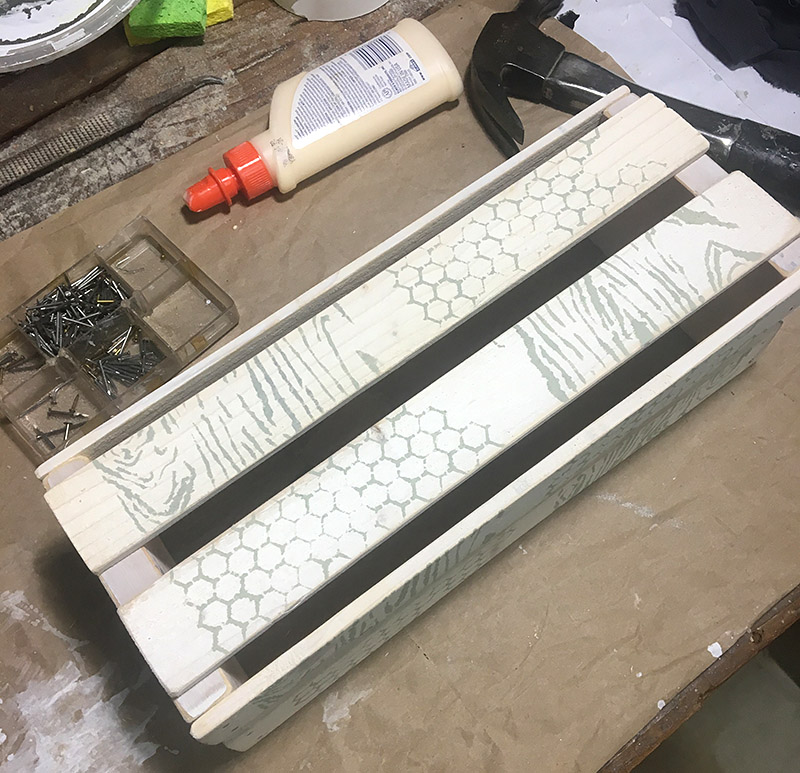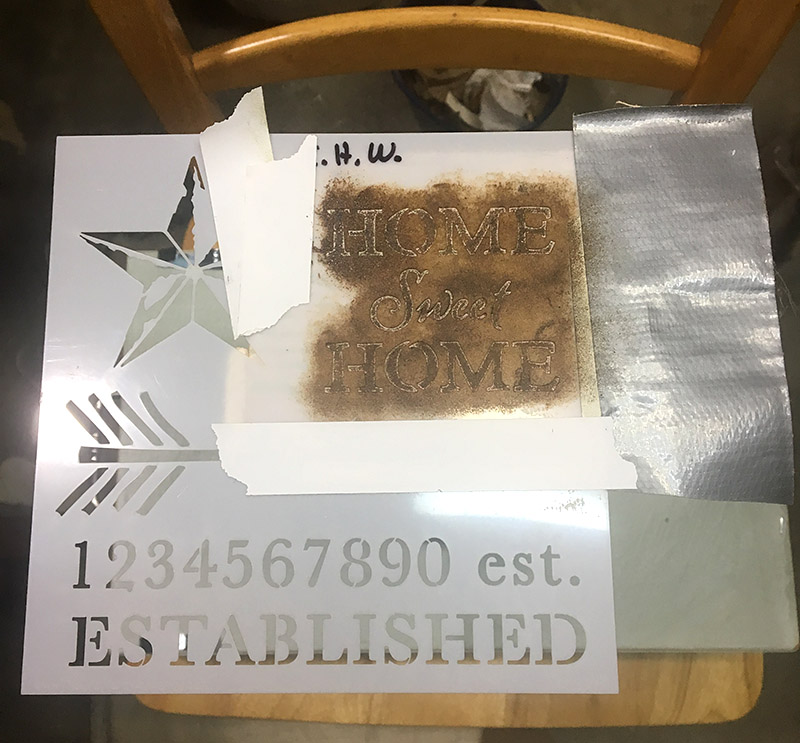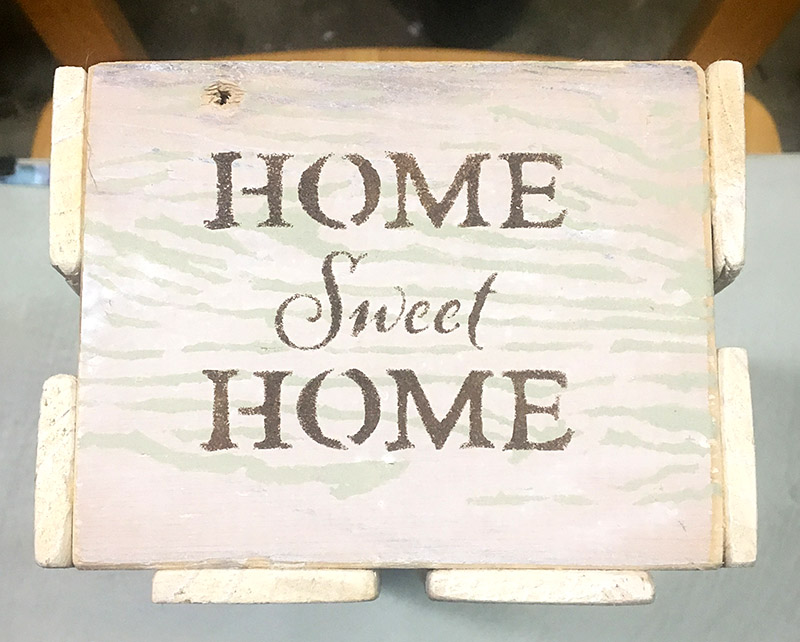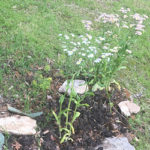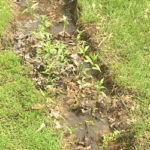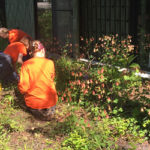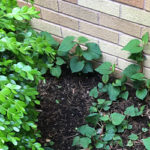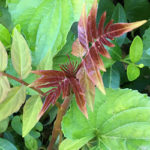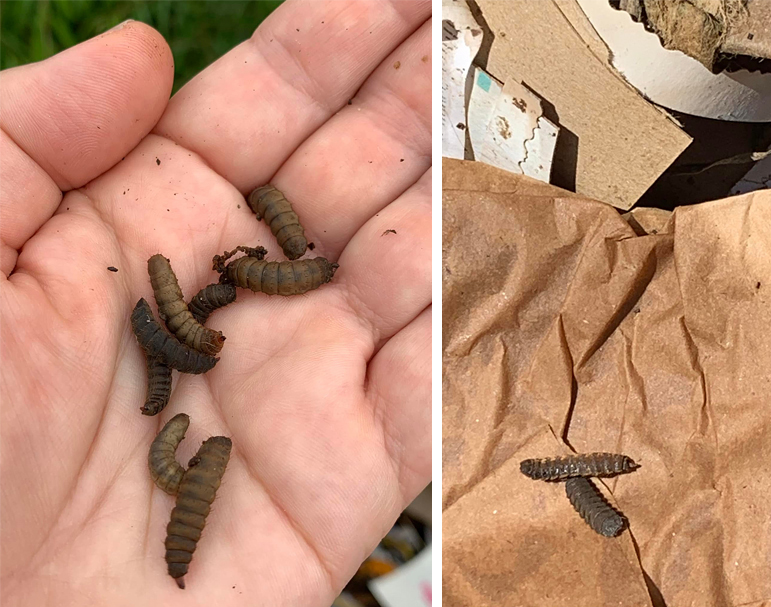
On one memorable day several years ago, I went out to my deck to put some food waste in the worm composting bucket I kept out there. I lifted the lid, then my stomach kind of churned and puckered a little as I saw that the substrate surface was – MOVING. Had I really managed to raise enough red wriggler worms in a short time to make the surface undulate like that? That didn’t seem likely. A closer look revealed that the movement was caused by something I initially thought was far more gross than worms – my worm bin had been invaded by MAGGOTS. Yes maggots, the “disgusting” larvae of flies. But wait – these didn’t look like House fly larvae. They were darker, larger, and tougher looking. I picked one up to get a good look then did an internet search to see what kind of fly they belonged to. I identified the larvae as Black Soldier Fly (Hermetia illucens), and as I learned about these flies my alarm quickly turned to delight! I had accidentally attracted one of the most beneficial insects I’d ever heard of.
What are some of the many virtues of Black Soldier Flies?
-
- They are harmless to humans, in both adult and larval forms (Bader 223). Unlike many other flies known to frequent homes, gardens and farms, such as Black Flies, Deer Flies, Face Flies and Stable Flies, adult BSF do not need to bite you or cut you or your animals to get a meal of blood, mucous or meat juices (Bader 206, 210, 212, 224). As adults BSF lack the mouth parts or digestive systems to bite or consume food (Park 8). In a way, as adults they are actually less gross than butterflies – in addition to nectar, many adult butterflies love manure, bird droppings and carrion juices (Roth 73-74).
-
- Black Soldier Fly larvae are known to predate on or discourage the presence of some other noxious fly species such as House flies (Bader 223, Park 4).
-
- They are voracious eaters and can quickly consume large amounts of waste (Park 4).
-
- The larvae are great sources of protein and theoretically could be fed as part of the diet to omnivorous pets and livestock (Park 10). If the livestock is to be consumed however, caution must be used and US law might restrict the use of BSF as feed unless their own feed is food grade and not derived from waste (Wang and Shelomi 2.5).
-
- Black Soldier Flies do not transmit diseases as adults, and as larvae they assist with sanitation in a similar way to vultures – they consume waste products quickly that might otherwise become disease sources (Wang and Shelomi 1).
-
- They are native to our area, so you can allow them to breed freely without concern that you are hosting an invasive species (Wang and Shelomi 1).
-
- Even though at first glance the adults might resemble wasps more than flies, they don’t have stingers and cannot sting or bite.

My husband and I currently have two compost areas going in our backyard. One group of small piles is behind the little berm we built for our pond waterfall. We know we will be adding to this berm for a long time, so we just pile up yard trimmings there. When a pile is big enough we put dirt on top and plant on top of it. The other is in a black 55 gallon drum with holes in the bottom. The drum makes a useful composter, in part because the black surface heats up from the sun and helps accelerate the decomposition process. There are quicker and more efficient ways to compost of course, methods that involve turning and aeration, but so far we are doing well with removing the contents every so often and starting over if the drum gets too full. The top levels of the compost are normally not finished when harvested. We don’t mind – we have plenty of planting beds we can add it to in our own yard and at volunteer community garden sites. If enough dirt or planting medium is put on it, unfinished compost is fine to plant over. Something in the soil will eventually consume it.
The compost in the drum rots down quickly enough in the warm months that it’s usually possible to see daily progress as the level goes down. In the winter when things freeze, the process halts for awhile and sometimes we have to start a new bin until the drum starts to warm up again. Last week I noticed dramatic progress – the compost level dropped about six inches in a day or two! It wasn’t solely because things were thawing out and we’ve been having slow steady rain, although those factors helped. My heroes, the Black Soldier Fly larvae, were active again! I found a few in my pond when cleaning out leaves – they must have fallen in when looking for a place to pupate.
People all over the world are experimenting with efficient ways to raise Black Soldier Flies to possibly provide food for livestock and humans. For home gardeners who just want a little help breaking down waste, you might get Black Soldier Flies by accident – some food waste and a few pieces of cardboard for shelter on your compost pile could possibly attract them with no further effort on your part. If you find some, I hope you enjoy and appreciate their services! They are also available for purchase if you want some and don’t happen to attract any.
Sources for More Information
Bader, Dr. Myles H. Dr. Bader’s Pest Cures: Natural Solutions to Things That Bug You! Dr. Myles H. Bader, 2012.
Park, Haeree H. Black Soldier Fly Larvae Manual. University of Massachusetts Amherst, 2016. scholarworks.umass.edu/cgi/viewcontent.cgi?article=1015&context=sustainableumass_studentshowcase/. Accessed 25 March 2022.
Roth, Sally. Attracting Butterflies & Hummingbirds to Your Backyard. Rodale, 2001.
Wang, Yu-Shiang, and Matan Shelomi. “Review of Black Soldier Fly (Hermetia illucens) as Animal Feed and Human Food.” Foods (Basel, Switzerland) vol. 6,10 91. 18 Oct. 2017, doi:10.3390/foods6100091. www.ncbi.nlm.nih.gov/pmc/articles/PMC5664030/. Accessed 25 March 2022.
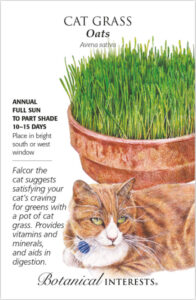


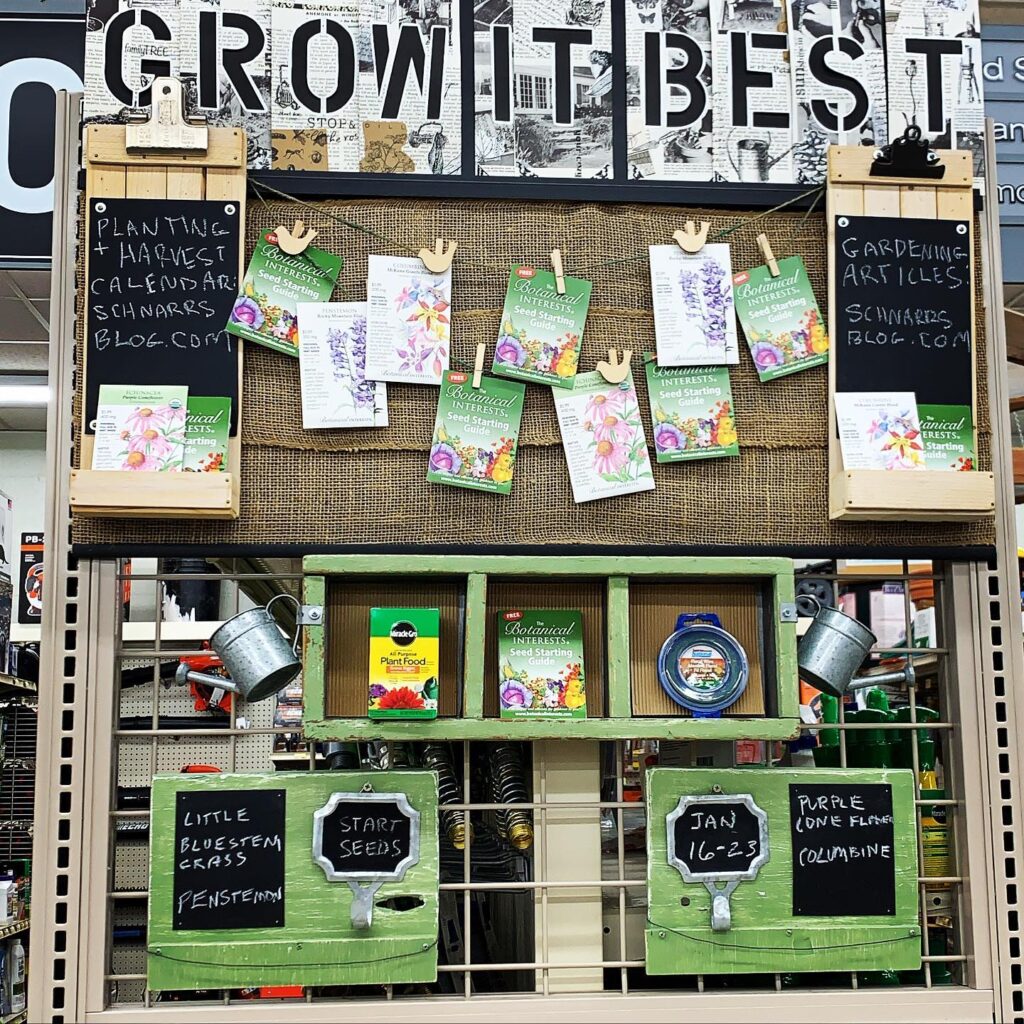
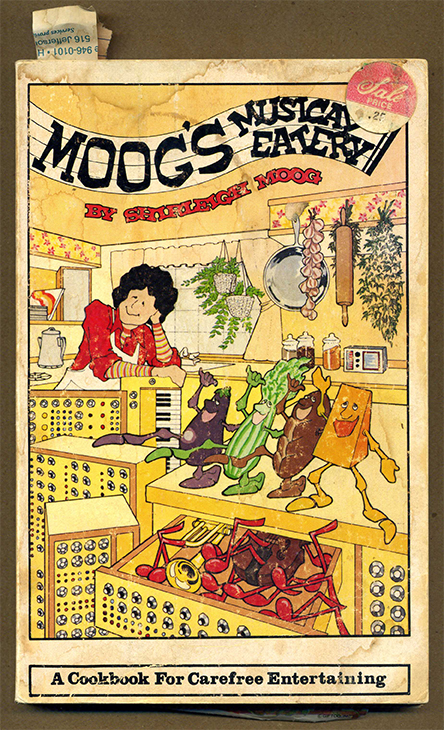
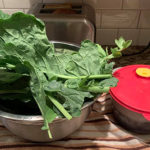
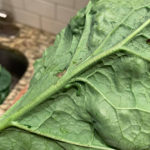
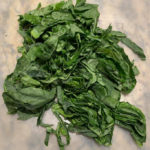
 I then set the meat aside then cook some onions in the pan juices until they are caramelized. Any onions I have on hand I’ll use, but it’s hard to beat sweet yellow onions. I set the onions aside then cook the collards in what pan juices are left over plus a little broth to simmer them in and keep them from burning. At this point I have pre-heated the oven and am filling the pie shells with the cooked collards, also adding in some of the cooked turkey kielbasa and onions. As you can see there are some delicious pan juices left over. The pan juices were strained out and added to my broth bowl for other uses. Too many juices in the quiches might make them watery.
I then set the meat aside then cook some onions in the pan juices until they are caramelized. Any onions I have on hand I’ll use, but it’s hard to beat sweet yellow onions. I set the onions aside then cook the collards in what pan juices are left over plus a little broth to simmer them in and keep them from burning. At this point I have pre-heated the oven and am filling the pie shells with the cooked collards, also adding in some of the cooked turkey kielbasa and onions. As you can see there are some delicious pan juices left over. The pan juices were strained out and added to my broth bowl for other uses. Too many juices in the quiches might make them watery.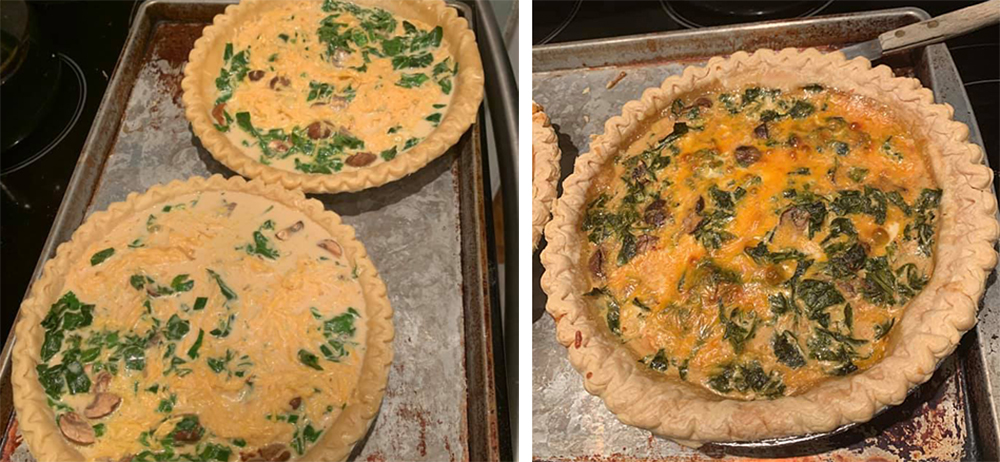

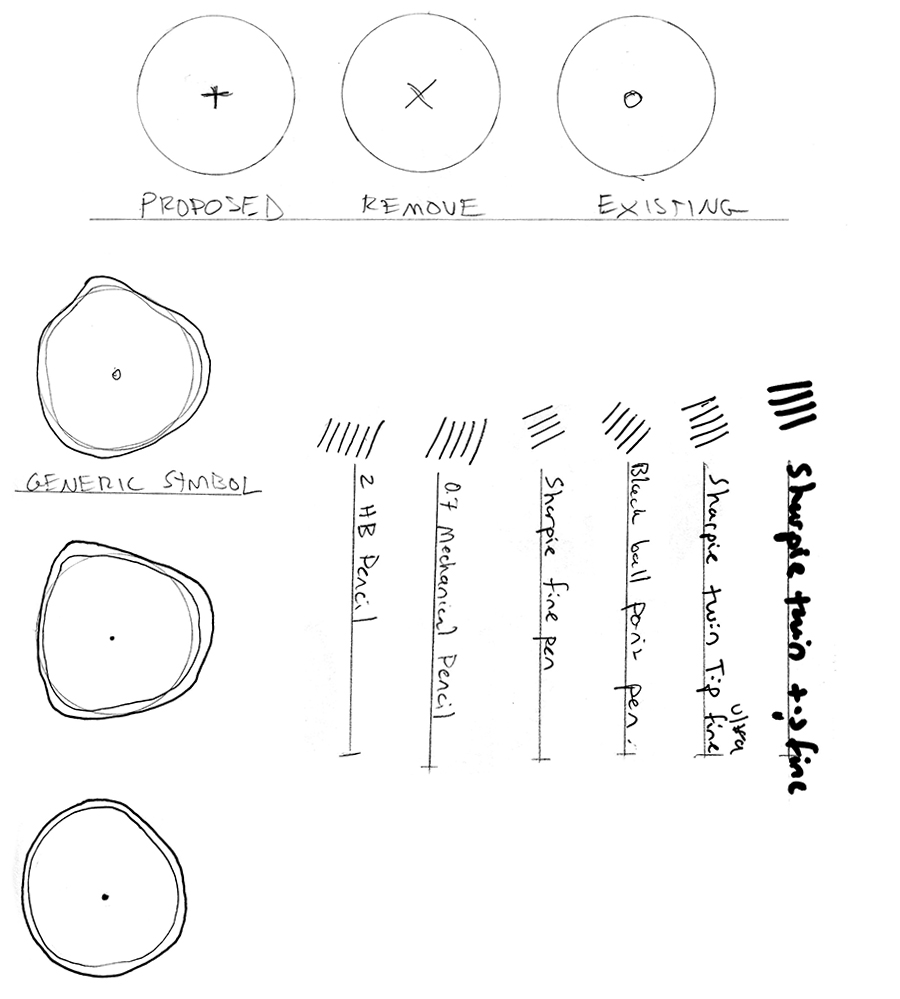
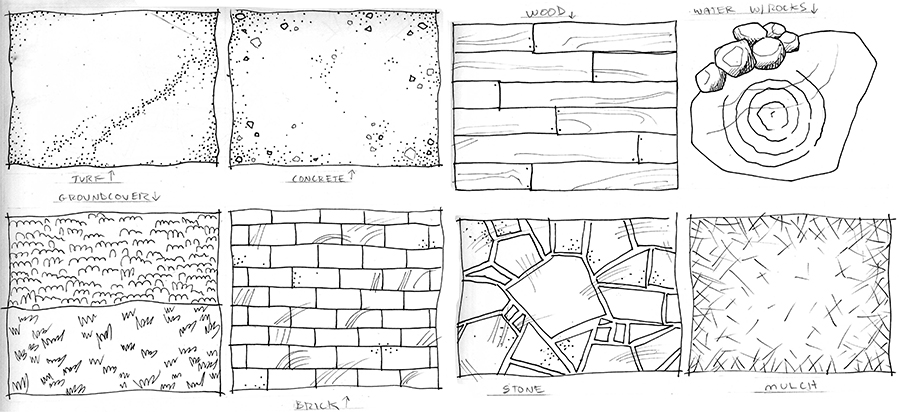
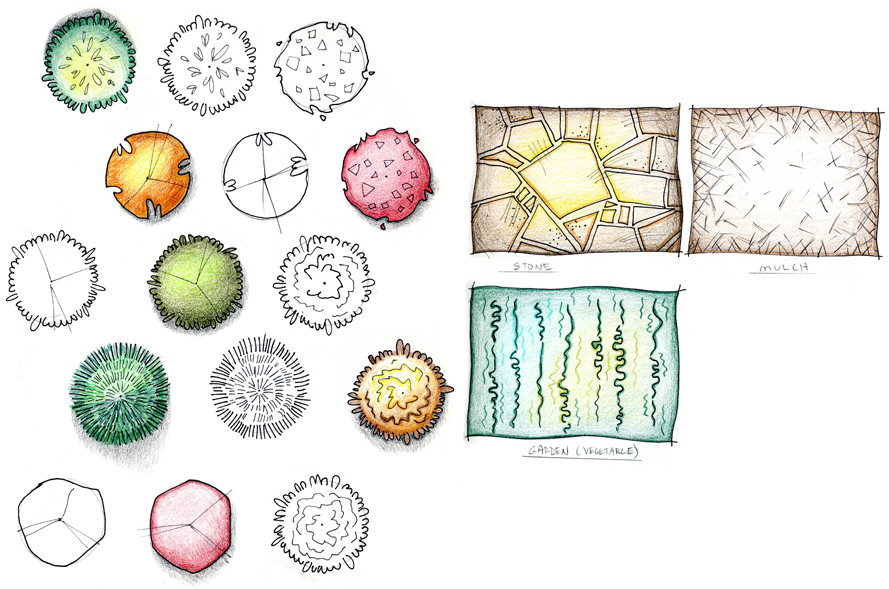
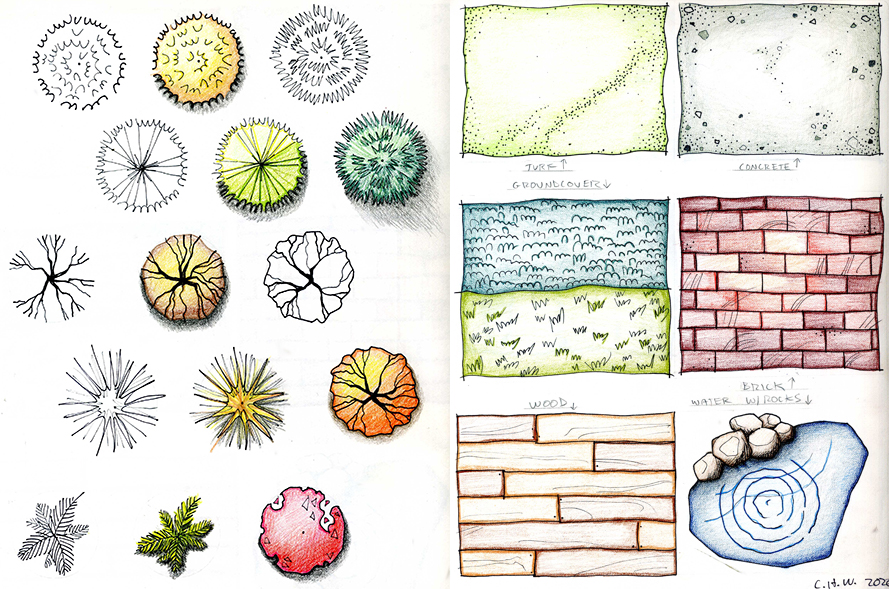
 I’ve been having really good luck again with cherry tomatoes and I’m now addicted to growing leafy green vegetables so I can have fresh tasty salads that I pick myself. A few of the plants have really been chewed on by pests which is not a surprise because I don’t use pesticides. In my haste I made no effort to try
I’ve been having really good luck again with cherry tomatoes and I’m now addicted to growing leafy green vegetables so I can have fresh tasty salads that I pick myself. A few of the plants have really been chewed on by pests which is not a surprise because I don’t use pesticides. In my haste I made no effort to try 